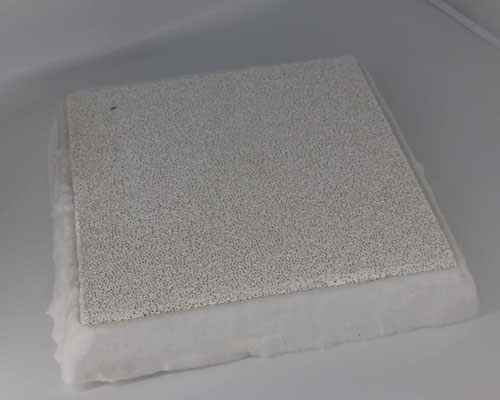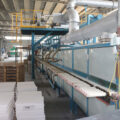Molten metal usually contains solids, such as metal oxides and other impurities, which may cause the final cast product to have poor characteristics. Foam filters molten aluminium filtration have been designed to remove these impurities from the molten metal during the casting process. Generally, these filters are made of ceramic materials to withstand the high temperatures associated with molten metal.
Ceramic filters have a foam-like appearance and are called ceramic foam filters in the metal filtration industry. The ceramic foam filter has a plurality of interconnected openings that trap impurities there, thereby removing impurities from the molten metal stream.
Generally, ceramic foam filters molten aluminium filtration is manufactured by impregnating an open-cell hydrophilic flexible organic foam material (such as polyurethane) with an aqueous ceramic slurry. Compress the impregnated organic foam to discharge excess slurry. The material is then dried and fired to burn out the organic material and sinter the ceramic coating. Thereby, a solid ceramic foam having a plurality of interconnected voids having substantially the same structural configuration as the organic foam as a starting material is formed.

The resulting ceramic filter can be used to filter molten metals, such as aluminum, copper, iron, steel or other cast metals. The filter may be placed in the opening in the wall between the molten metal inlet and the molten metal outlet to filter the material.
Especially for casting applications, it is often necessary to bond the edge of the ceramic foam filter to the contacting wall to the solid ceramic coating as a protective layer. The purpose of the protective layer is to increase mechanical strength, prevent metal from passing between the wall and the filter, and prevent penetration.
Several techniques for forming such solid layers have been practiced in the ceramic foam industry. For example, the ceramic slurry is usually brushed, sprayed or smoothed with a suitable adhesive around the edge of the foam slurry, and the coating is applied to the ceramic foam filter in a wet state, a green state or a fired state.


